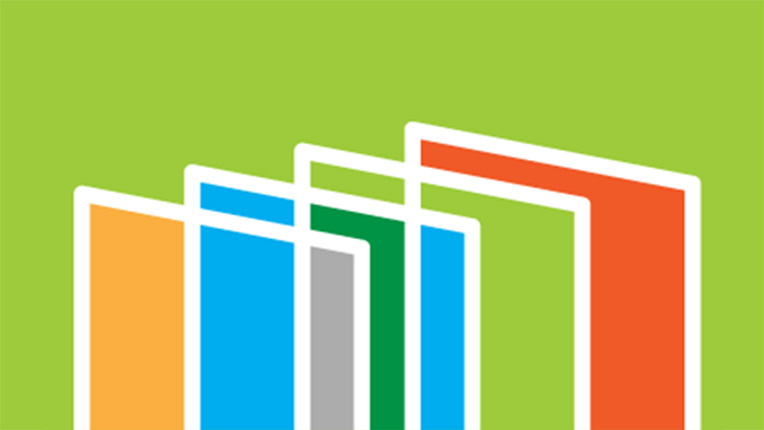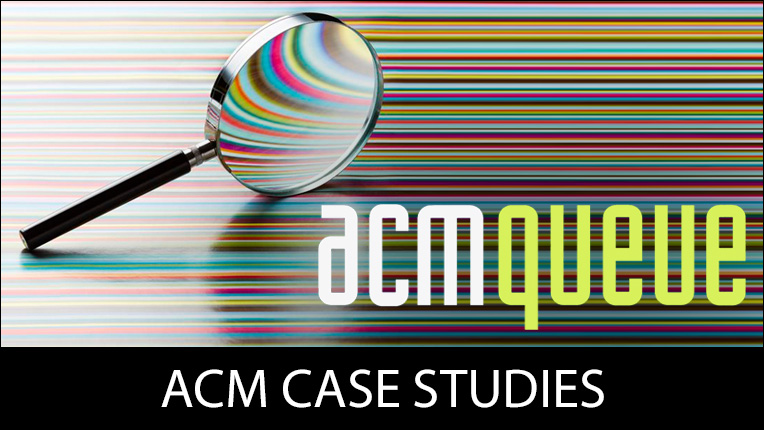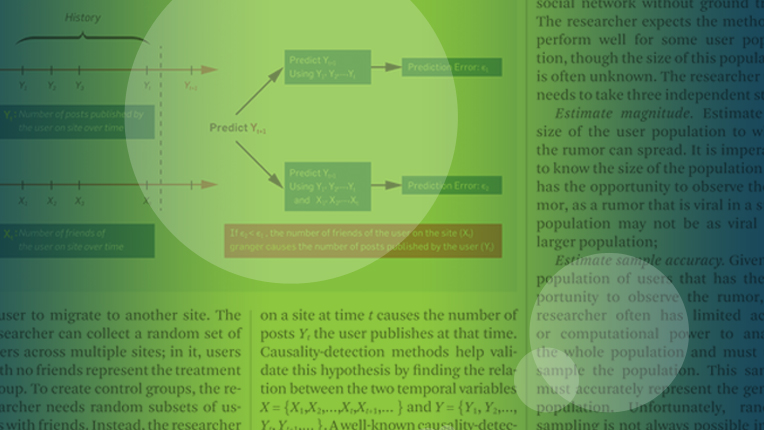ACM SGB Meeting Materials August 19, 2001
A best practice session was held so that all SIG leaders could gain from the experiences of the others. Leaders were encouraged to discuss both successful and unsuccessful programs.
SIGMICRO - is providing researchers in architecture access to state-of-the-art hardware. They hope this collaboration between researchers and industry will allow access to hardware that would otherwise be unavailable to many performing worthy research.
This year's SIGMICRO conference received 144 submissions and experimented with author feedback by allowing authors to rebut referee reports. This was an experience beneficial to the committee and to the authors. The rebuttals were examined and had an effect on the results.
SIGCSE - is in the process of brainstorming initiatives to involve more people in activities. Their conference continues to grow in attendance and has a paper acceptance rate of 34%. Attendees were encouraged to sign up for membership when signing up for the conference, which brought in 94 new members. They were able to find new volunteers. The challenge will be in how to focus these people.
SIGCOMM - their awards team sits down and asks who in the field should be nominated to become an ACM fellow. They then proceed to get 2 or 3 people nominated. They actively seek people for nomination and take the initiative to put them into the pool.
This year SIGCOMM tried to expand their reach into Latin America by holding a conference there. This cost the SIG a fortune. They learned that there is a community but it is focused on the CLAY conference where many of them are supported. The SIG is looking to co-locate with this event in 2 years. It moves around throughout Latin America. The SIG paid lots of money to have the papers translated and although attendees appreciated it they did not feel it was necessary. They did not have simultaneous translation for cost reasons (there were only 50 attendees).
SIGAPL - the group has been holding conferences outside the USA since 1974. Their next conference is in Madrid. The leaders have a fair amount of experience and would be happy to discuss this with other SIG leaders as appropriate.
SIGSOFT holds several conferences outside the USA. ICSE, their flagship event is to be held in Argentina for the 1st time next year. The biggest concern at this time is currency stability.
SIGSAM - when this group holds their conference outside the USA, management and issues are shared with other organizations.
MAB - Those SIGs running events in other countries should check out the chapters in that area either ACM or SIG. This could bring in more assistance with local arrangements as well as additional attendance.
SIGACT - for the first time in 33 years the group held their flagship conference outside the USA. Attendance was about 50% of the average but higher than expected as a result of co-locating with the ICAIL conference. Co-location was a good idea.
SIGCHI - has changed their membership dues structure to mirror the ACM levels dues structure. This is not widely known so they are encouraging their chapter leaders to make members aware.
SIGPLAN and SIGSOFT - these groups encourage student involvement with travel awards and student poster sessions. During the ICSE meeting a student breakfast is held where session chairs are invited to participate and sit with students.
SIGPLAN - the group has a diversity program where faculty from minority colleges is invited. NSF has always funded this. SIGs should encourage students to participate in all activities. To allow this a conference can raise registration fees or get the money from industry.
SIGDA - this group offers a number of student activities. At DAC there is a University booth where students can show research and vendors can talk about their university programs. They hold a PhD forum where students near dissertation can put up posters giving them the opportunity to present to others. SIGDA provides travel grants and has experimented with a student summer school. The summer school exposes students to higher level people.
SIGCHI - this group has 60 local chapters with 30 outside the US. At any given time 2 are in the process of formation. SIGCHI provides work space, resources, advice, tutorials, CDs, tutorial notes from conferences and at the flagship conference there is a day devoted to the meeting of local chapters. The SIGCHI leadership made sweatshirts and mailed one to each Local Chapter Chair (the feedback was good).
SIGAda - this group has 12 chapters with some being very active and some not. An advantage of having chapters is when having a conference you can tap into the chapter for help locally.
SIGART - runs doctoral consortia with AAAI. Students send an abstract and are given feedback on research. They are given a chance to give a talk in front of a friendly group of people. They are then taken out for dinner. The SIG intends to have presentations by senior individuals to provide advice and mentoring on career choices.
SIGCOMM - 1/3 of attendees are students. They hold a student dinner the night before the conference starts. The program committee attends and sits at different tables.
SIGCSE - their conference does not draw a large number of students but they would like to bring more in. They hold a doctoral consortium the day before the conference where folks anywhere in the research process can present. They are organized into groups with senior people to provide feedback. They also hold a student poster session and identify sessions for students.
SIGMOD - has begun to digitize database publications. They are about to publish volume 5 of the anthology series, which includes other SIG publications and TODS. They have signed agreements with external publishers to include 3rd party content. Their annual disk series includes all conference publications. A silver edition will put the entire anthology series onto DVD.
SIGMOD - has a library program. A call goes out to the community requesting books they don't need and which aren't too old. Attendees going to the conference are asked to bring 2 copies to the conference and every year a country is chosen and the books are shipped there. The group will be bringing their annual conference to Europe in 2004.
SIGDA - group is willing to cooperate with other organizations but requires the rights to the proceedings. Surplus from conferences outside the USA goes back to that area.
Several of the leaders indicated an interest to produce anthology type publications. There is growing concern about the efforts involved in securing the rights to materials copyrighted by organizations other than ACM. White indicated that ACM was making progress with IEEE and 3rd parties. Leaders interested should contact Jim Cohoon, the SGB EC Publications Board Advisor and Mark Mandelbaum, ACM's Director of Publications for the latest information.
Lifelong Learning
ACM offers lifelong learning resources including online books and courses from Skillsoft, TechTalks on the hottest topics in computing and IT, and more.

ACM Case Studies
Written by leading domain experts for software engineers, ACM Case Studies provide an in-depth look at how software teams overcome specific challenges by implementing new technologies, adopting new practices, or a combination of both. Often through first-hand accounts, these pieces explore what the challenges were, the tools and techniques that were used to combat them, and the solution that was achieved.

Publish with ACM
ACM's prestigious conferences and journals seek top-quality papers in all areas of computing and IT. It is now easier than ever to find the most appropriate venue for your research and publish with ACM.
